1. The Bronx is the third most densely populated county in the United States, after Manhattan and Brooklyn.
2. Originally part of Westchester County, The West Bronx as annexed to New York City in 1874 and in 1895, the areas east of the Bronx River were annexed. In 1914, the borough was separated from New York County.
3. The Motto of the Bronx is “Yield Not to Evil.”
4. The name Bronx originated from Jonas Bronck, who is the first recorded European to have established the first settlement of the New Netherland colony, in 1639, in the area that is now known as the Bronx. Bronck built a farm named “Emmanus” which was in the area that is today, the corner of Willis Avenue and 132nd street in Mott Haven.
5. Prior to European settlement, the area of the Bronx had several Native American names, including Rananchqua by the Lenape, as well as Keskeskeck by other native Americans.
7. Flowing south from Westchester County running a total of 24 miles, The Bronx River is the only entirely freshwater river in New York City.
8. Jerome Avenue is the continuation of Manhattan’s Fifth Avenue.
9. The Bronx is the only section of New York City that is located on the mainland of North America.
10.. Mott Haven was established by Jordan Lawrence Mott, an American inventor and industrialist. The area was established to house the workers of his company, the J. L. Mott Iron Works in New York City.
11. In 1918, The Bronx International Exposition of Science, Arts and Industries was a World’s fair held in the Bronx, which was held at 177th
Street and DeVoe Avenue. In this same year, Starlight Park originally opened as The Bronx International Exposition of Science, Arts and Industries.
13. The Bronx was a rural area, filled with farms until the late 19th Century when a boom in industry resulted in a population growth from roughly 200,000 in 1900 to 1.3 million in 1930.
14. The center of piano manufacturing in the early 1900’s was the South Bronx, home to sixty-three piano factories employing greater than 5,000 workers.
15, Home to two of the three largest parks in New York City – Pelham Bay Park, the largest park in New York City, within which is Orchard Beach; and Van Cortlandt Park, which is the third-largest in the city of New York.
16. The Bronx neighborhood of Co-op City is the largest cooperative housing development in the world.
18. Van Cortlandt Golf course is the nation’s oldest public golf course. (In 1995 the golf course turned 100 years old . This piece was produced for BronxNet by thisistheBronX publisher Gary Axelbank)
20. . Did you know that more bridges connect the Bronx to Manhattan than any other borough!
21. The High Bridge, in the Bronx, over the Harlem River, is the oldest standing bridge in New York City, dating back to 1843.
22. Between the years 1855 and 1866, the U.S. Capitol Dome was constructed out of cast iron and painted to look like stone and the iron for the dome was cast by the foundry of Janes, Fowler, Kirtland & Company, owned by Adrian Janes in the Bronx.
24. The Bronx, while still part of Westchester County, was home to two American thoroughbred horse racing facilities: Jerome Park Racetrack, built on the old Bathgate estate, owned by financier Leonard W. Jerome and August Belmont, Sr., operated from 1866 until 1894 and was the home of the Belmont Stakes from 1867 until 1889.
Jerome Park Racetrack was moved to Morris Park Racecourse, in the area that would become the Morris Park area of the Bronx, operated from 1889 until 1904 and was the site of the Belmont Stakes from 1890 through 1904 as well as the Preakness Stakes in 1890.
25. Jerome Park Reservoir was built in the 1890s on the site of the former Jerome Park Racetrack.
-Elisa

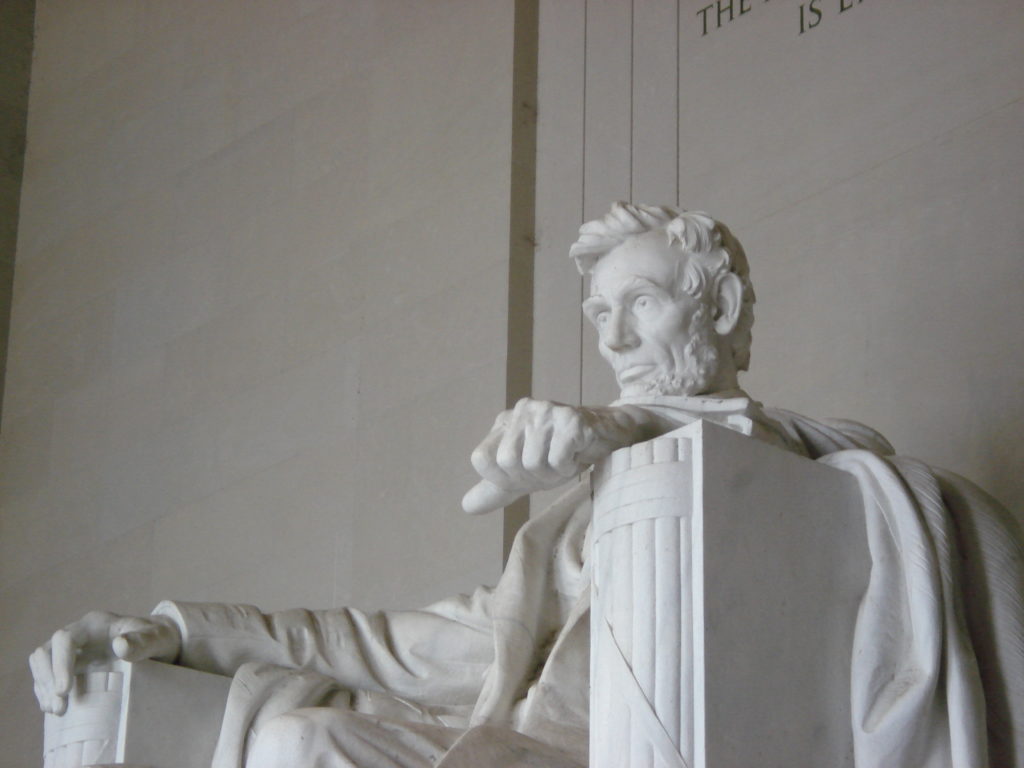

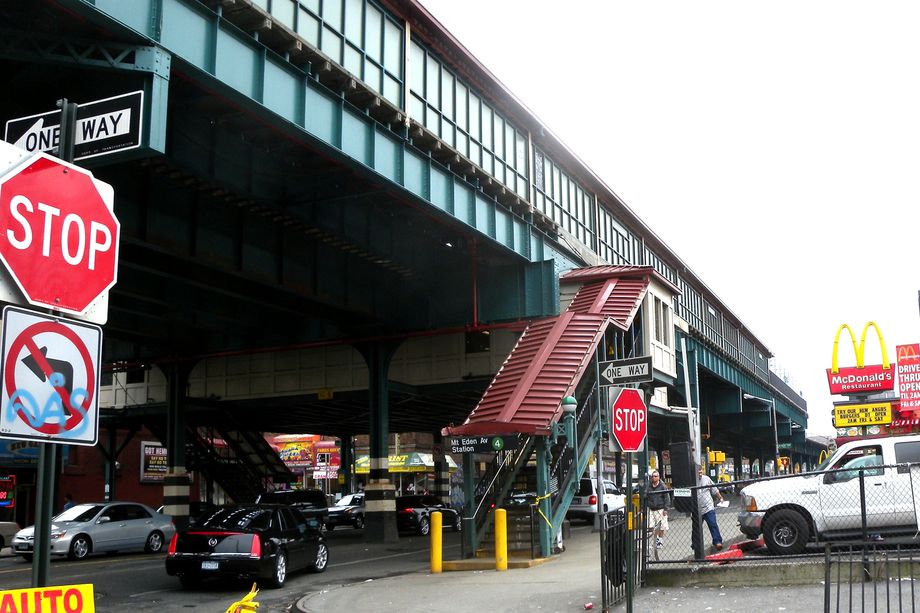
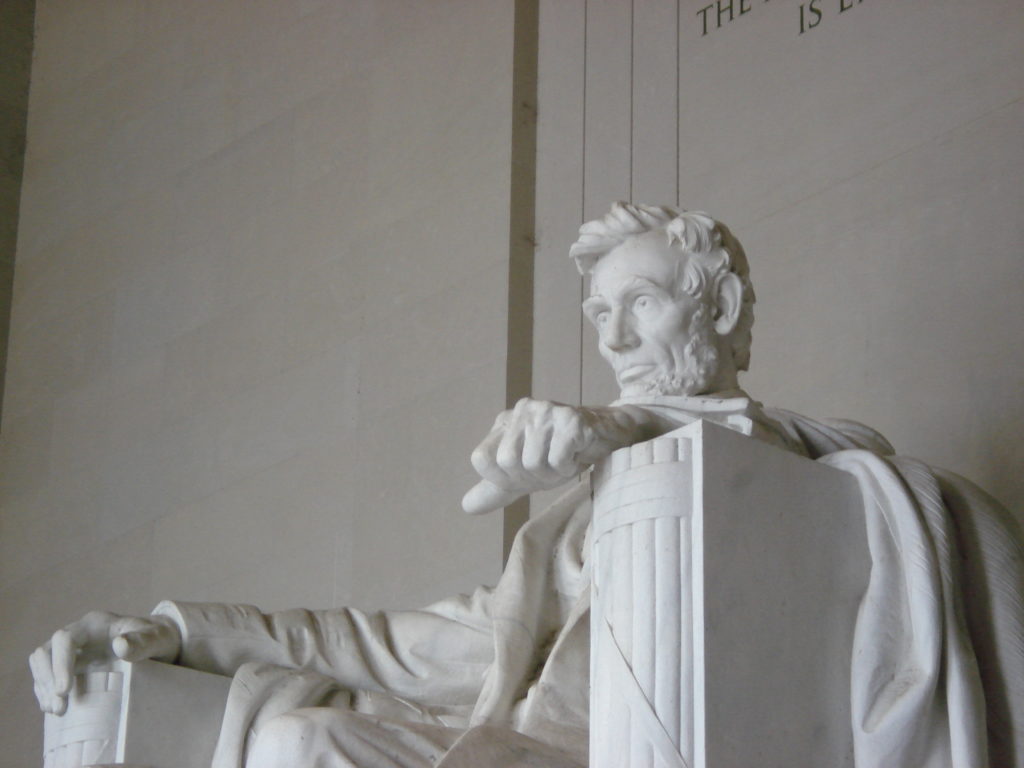
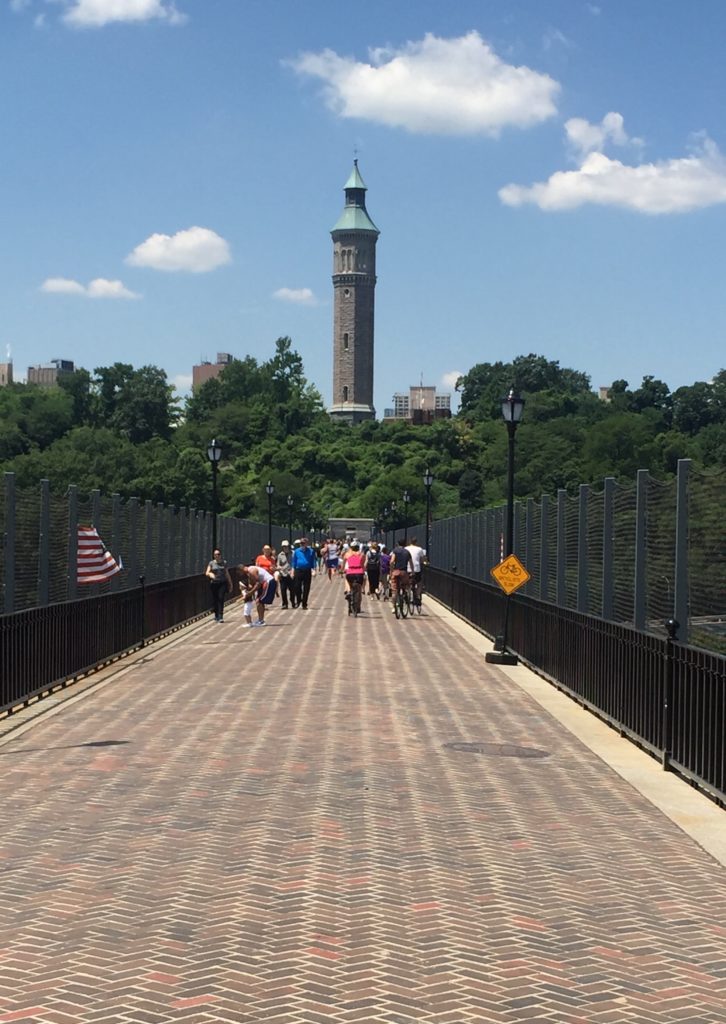
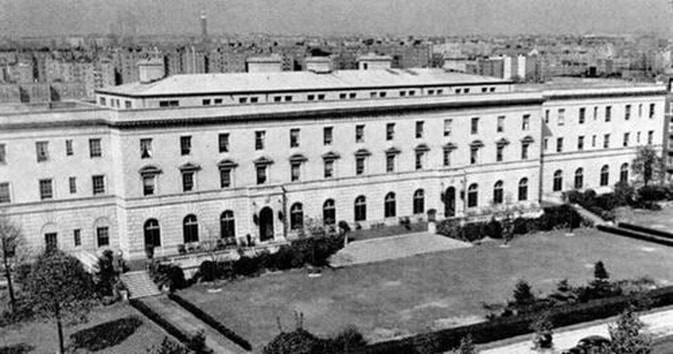
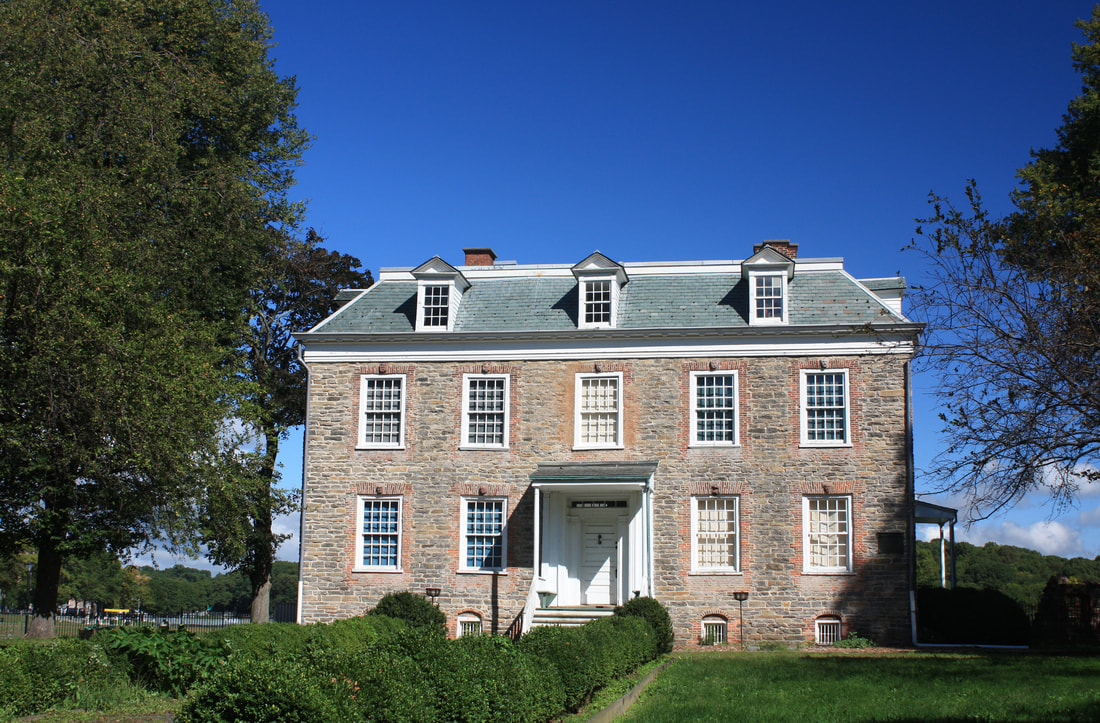
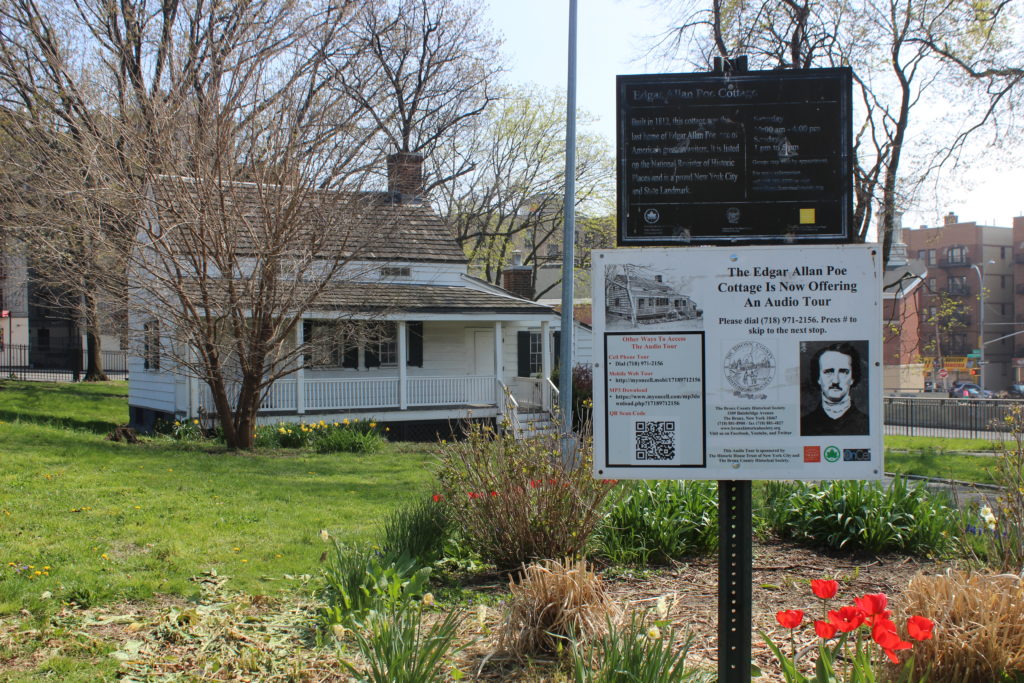
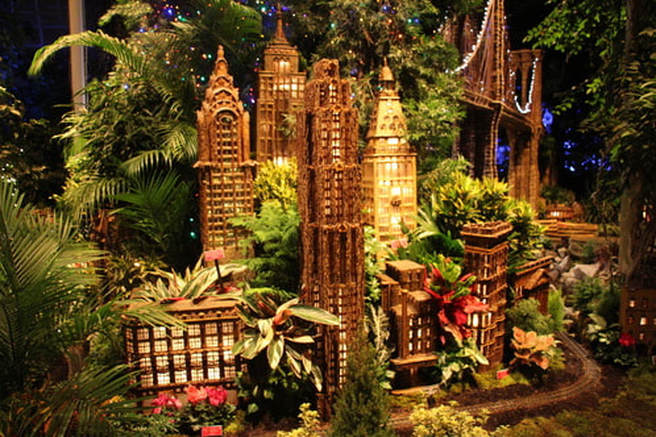
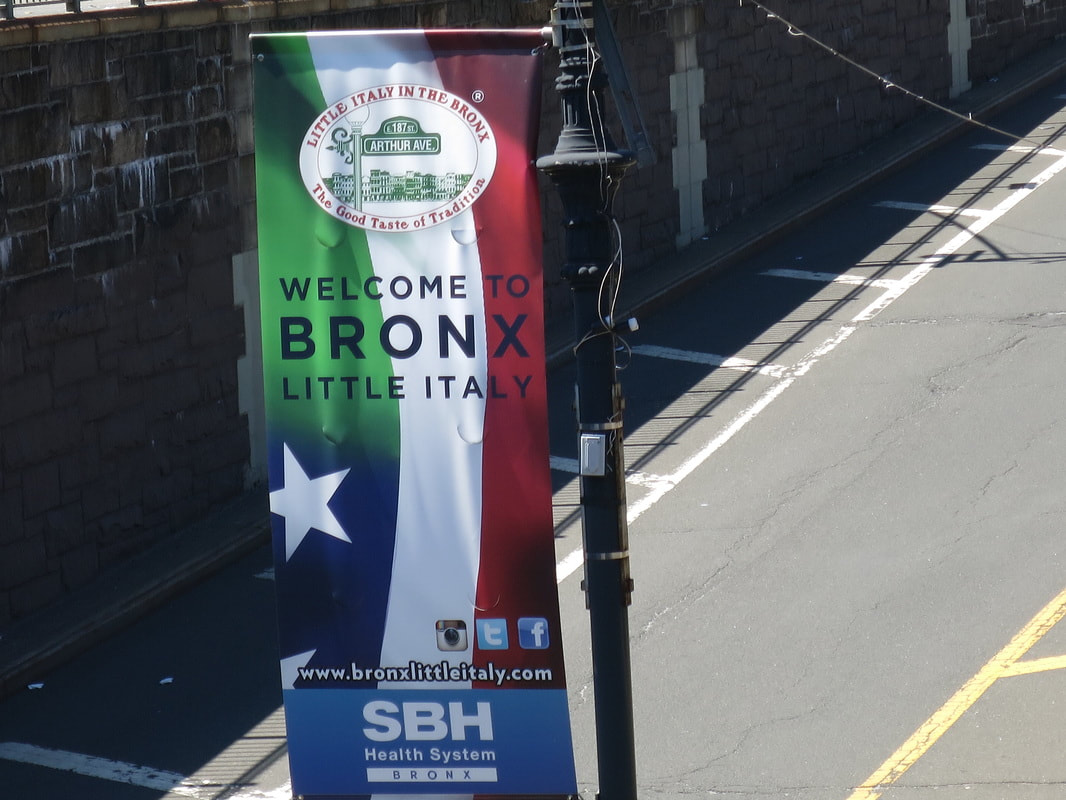
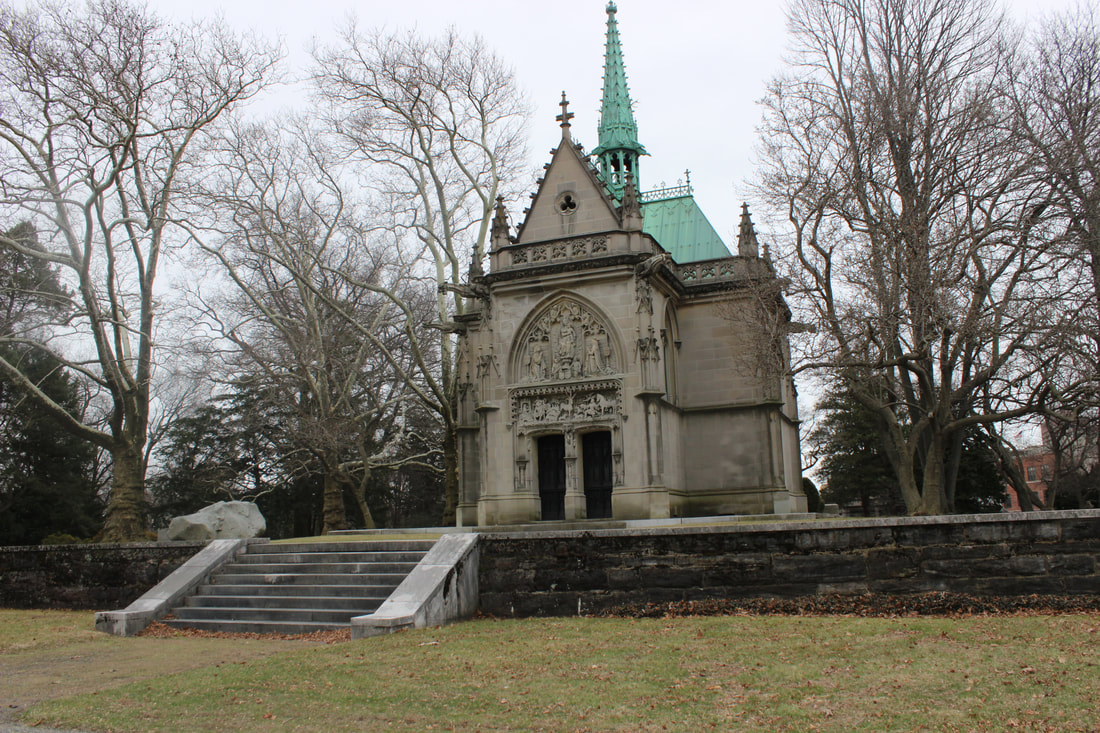
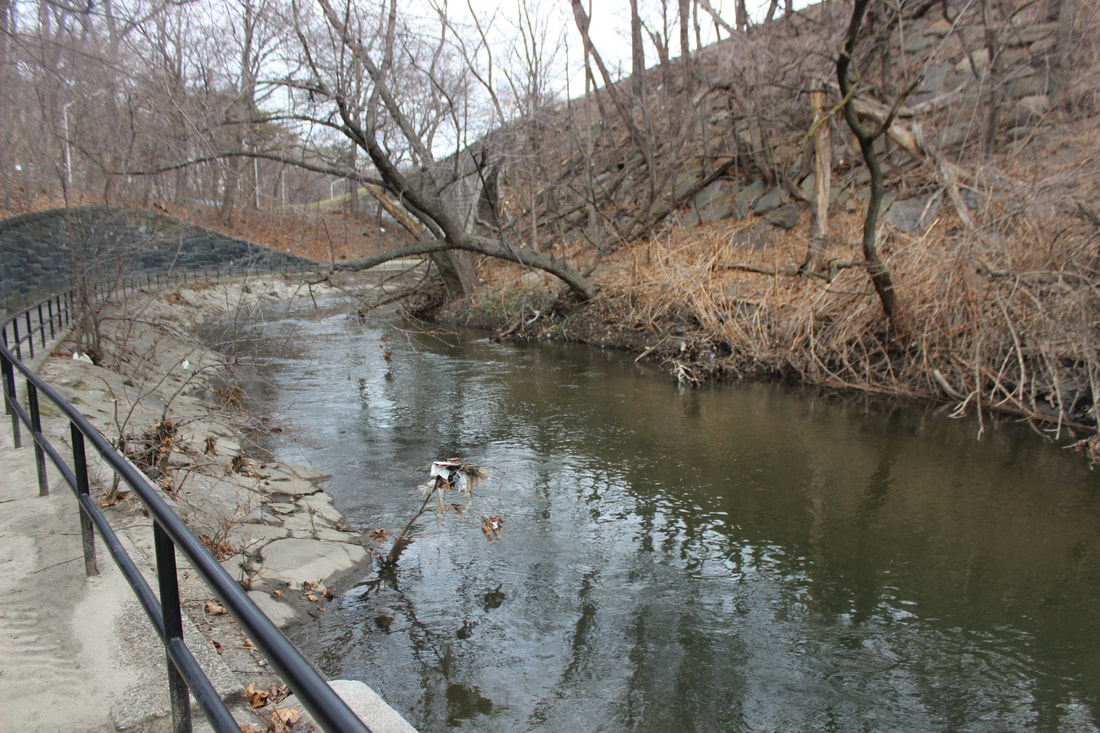

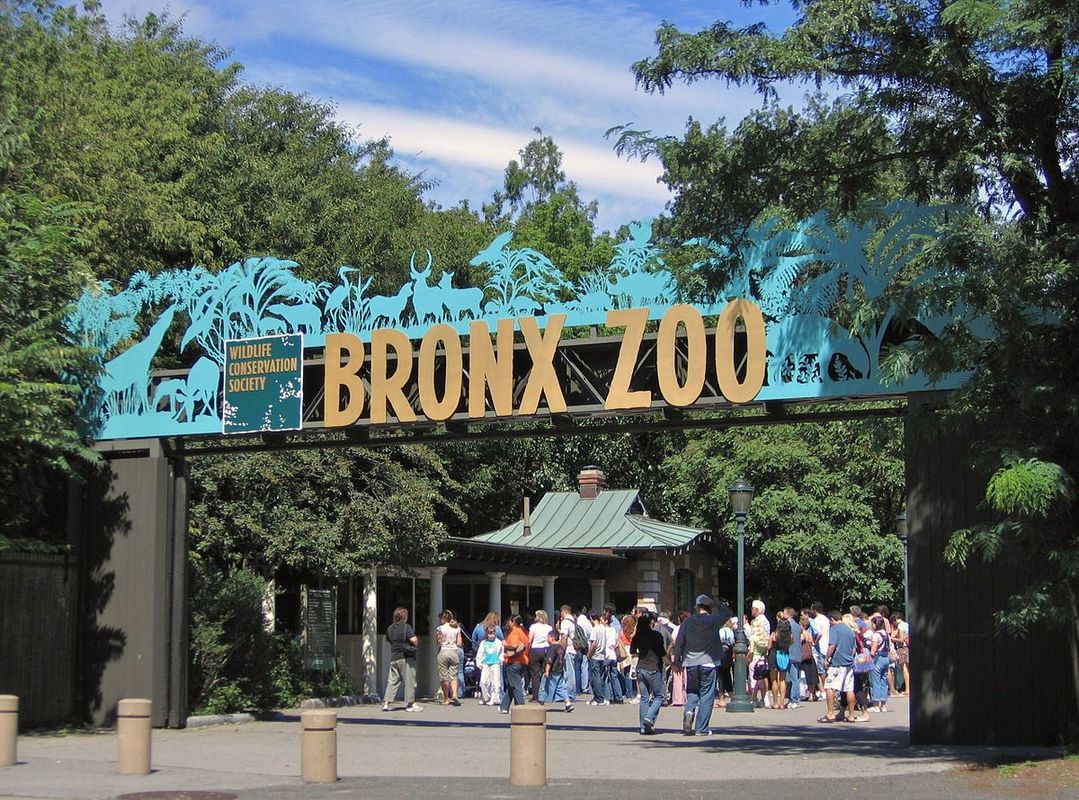

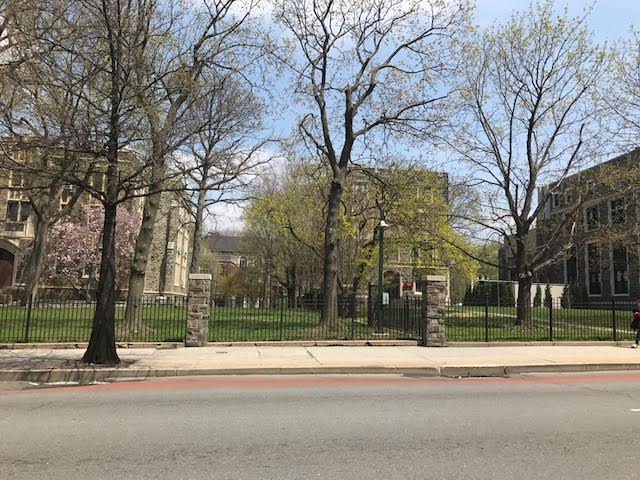
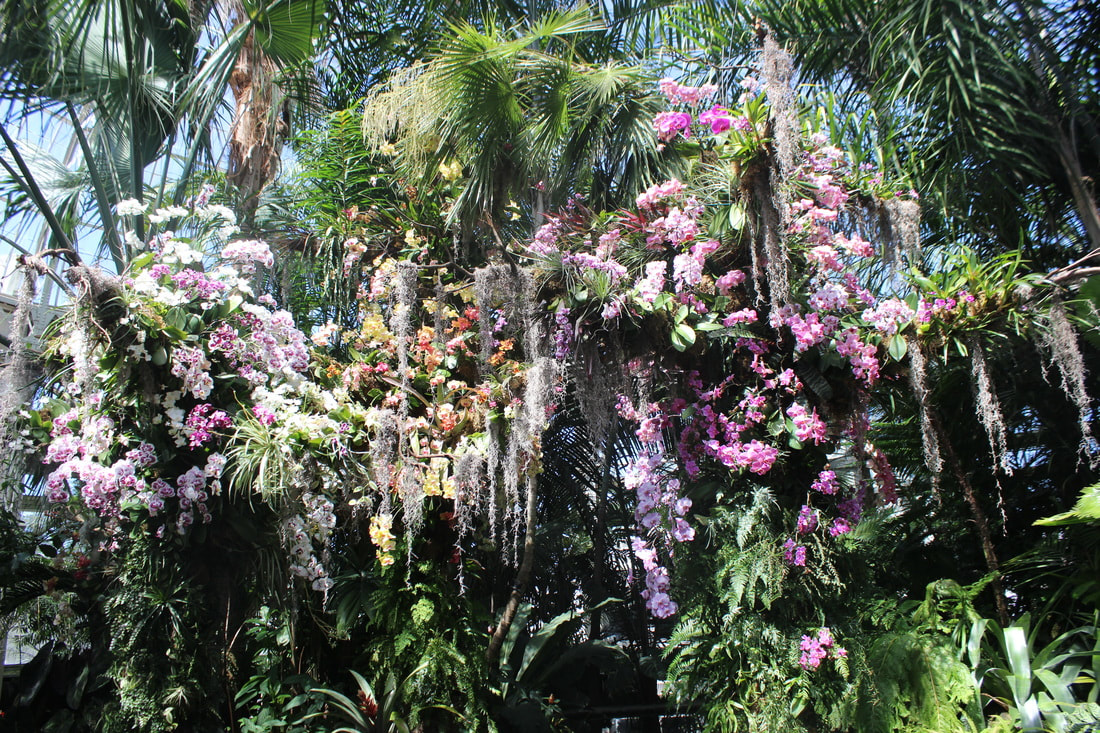
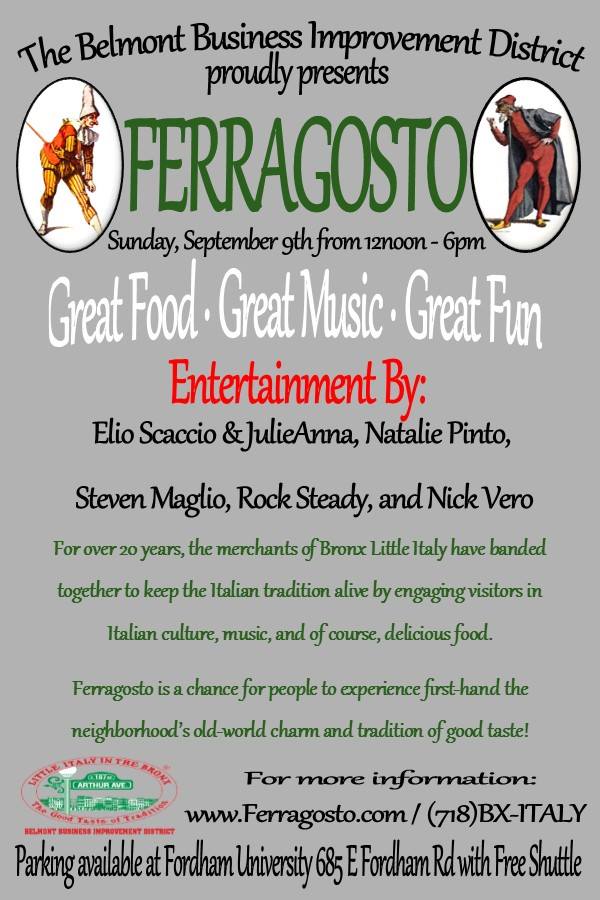
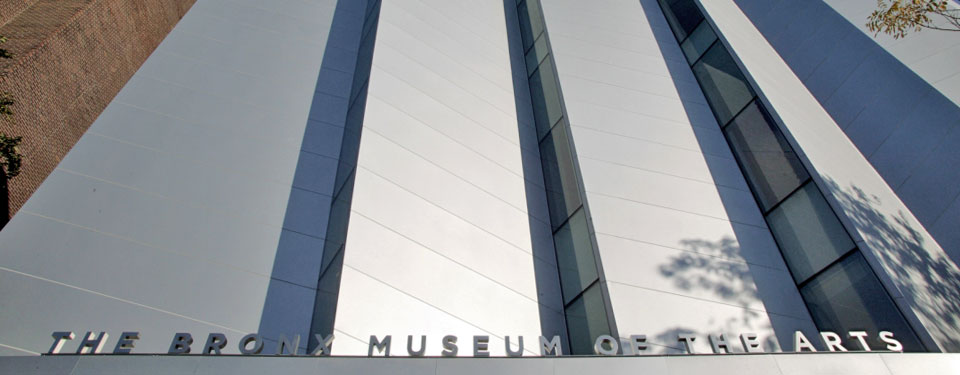
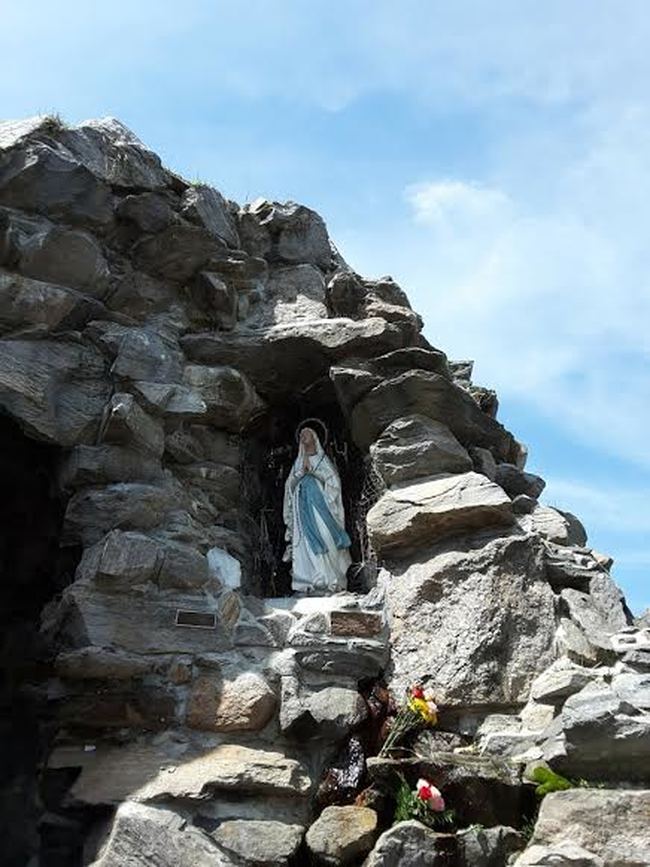
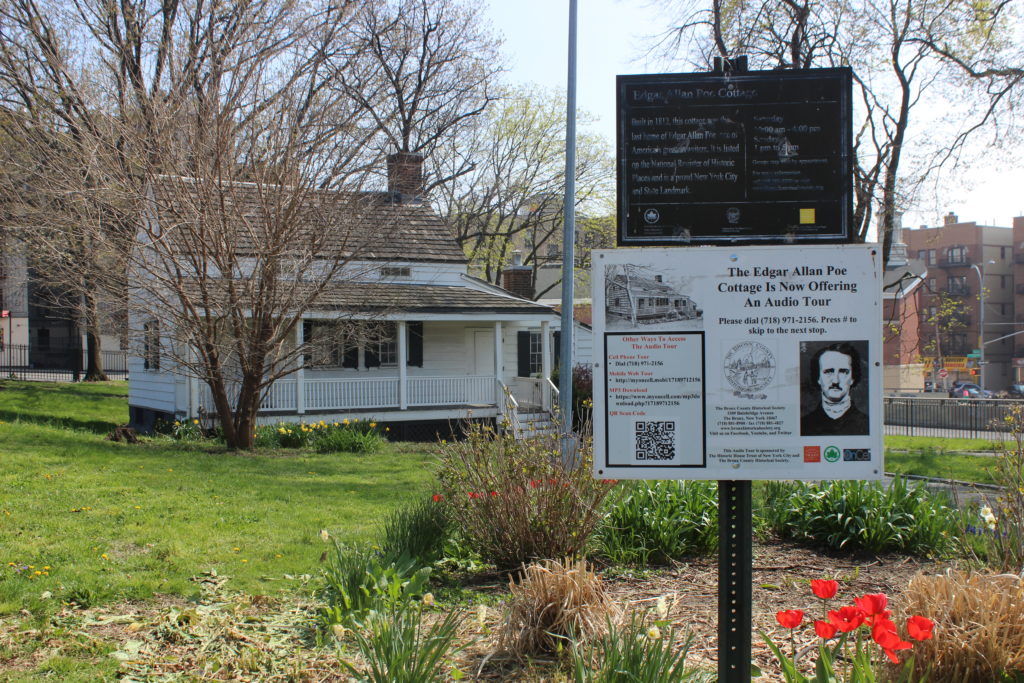
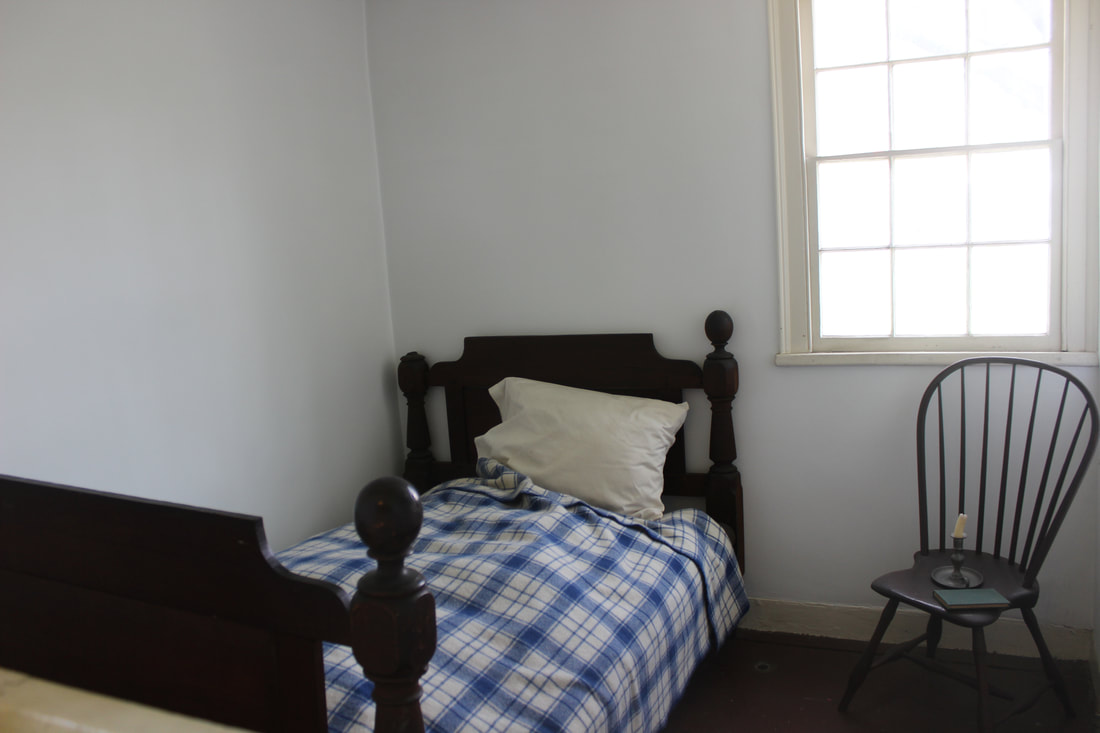
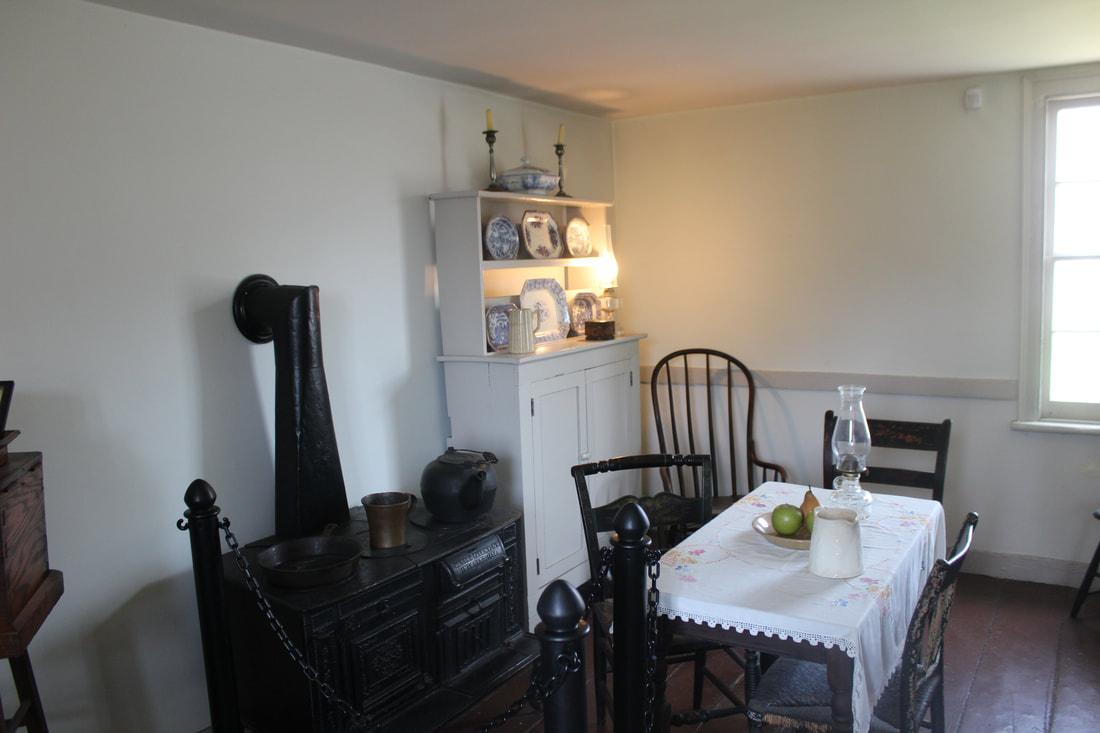
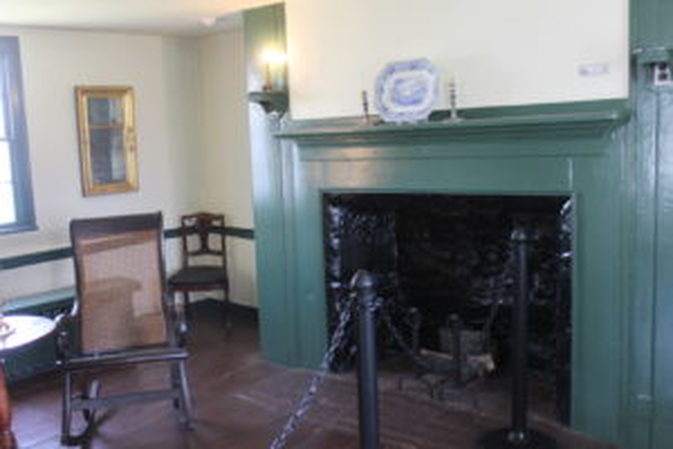
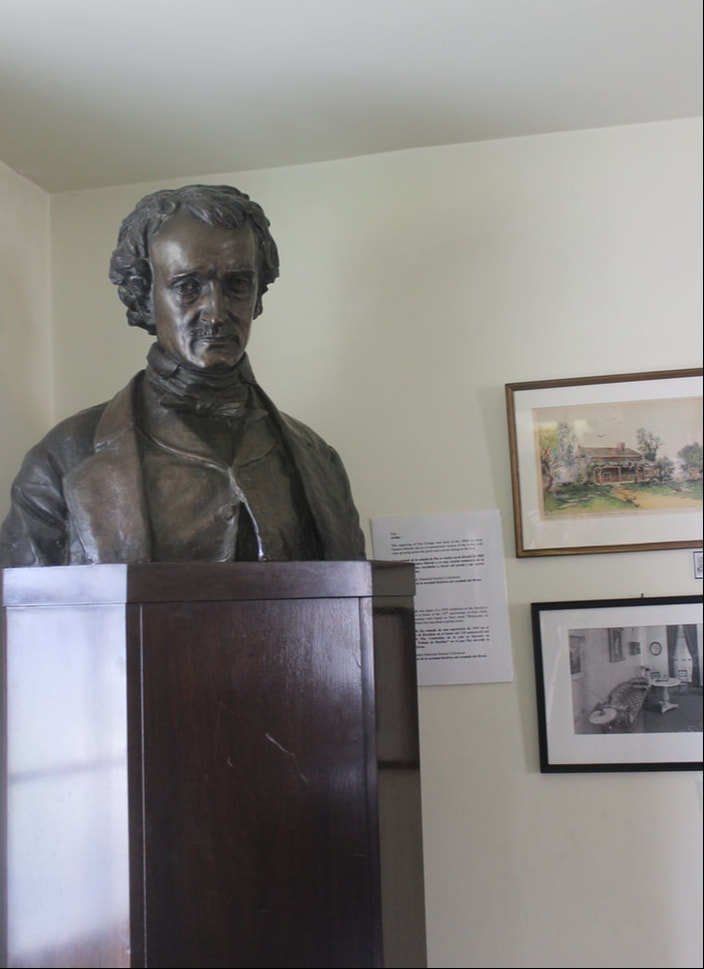
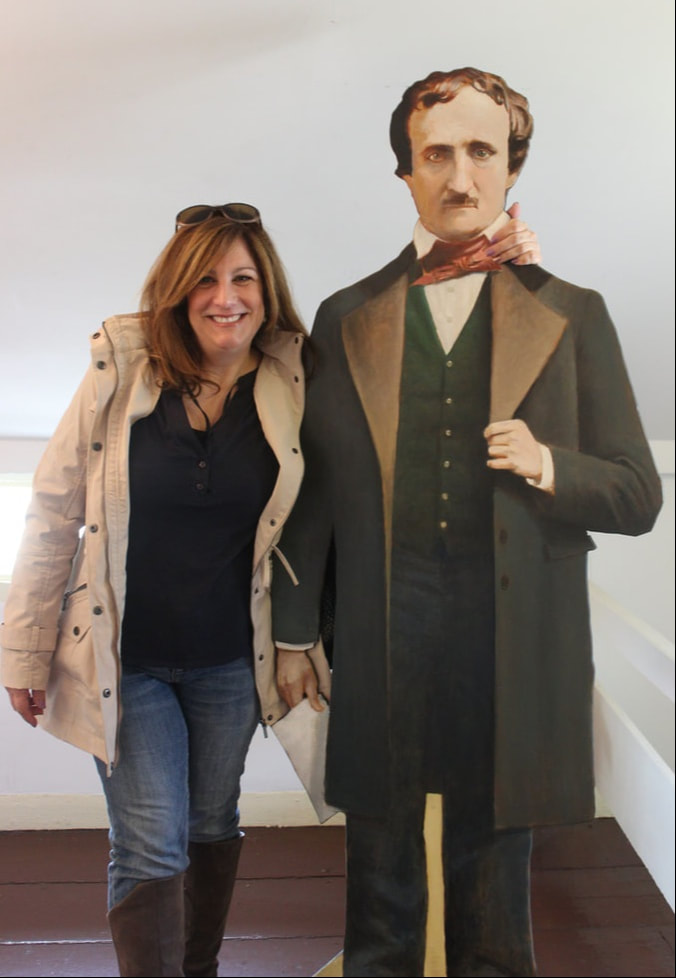
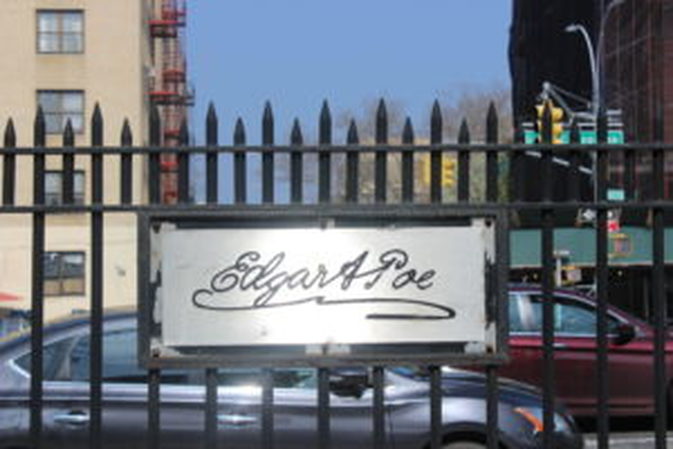
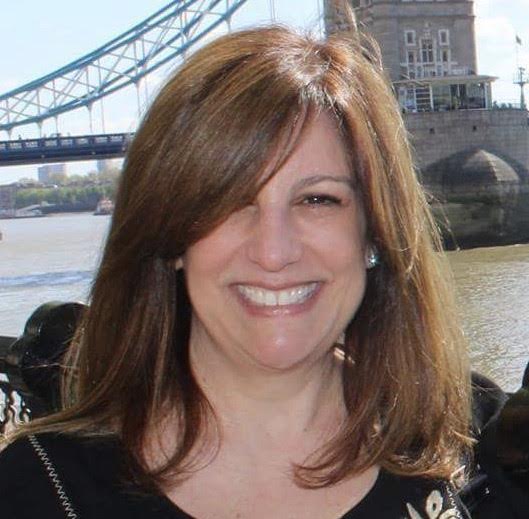
 RSS Feed
RSS Feed